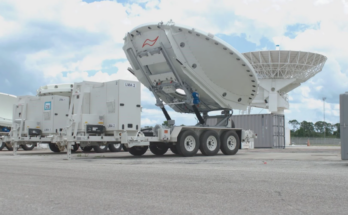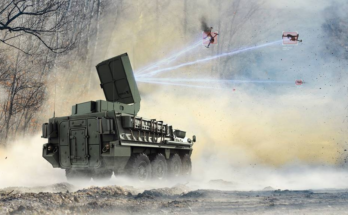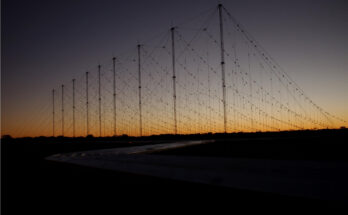By Greg Giaquinto, Electronics Analyst, Forecast International.
With the arrival of the Information Age came the theory of network-centric warfare, which refers to a fully networked military force that can share information across all of its service branches and systems. The idea is that this interoperability will result in superior situational awareness and the ability to make quick decisions, providing a competitive edge during battle.
The U.S. Department of Defense is determined to develop these technologies, and as such, Forecast International projects that the U.S. Defense Advanced Research Projects Agency will spend over $4 billion on the Network-Centric Warfare Technology program over the next 10 years. Further, FI projects that the program’s funding will peak in 2017 and then remain relatively flat through 2025.
With regard to specific Network-Centric Warfare Technology program developments, in FY14 the High Energy Liquid Laser Area Defense System (HELLADS) subprogram completed field testing of a ground-based, 150-kW demonstrator laser weapon system designed for use against rockets and mortars. In FY15, the HELLADS subprogram completed live-fire tests against rocket and mortar fly-outs to demonstrate lethal laser power at mission-relevant ranges.
In FY16, expect the Distributed Agile Submarine Hunting (DASH) subprogram to work on performing data-driven signal processing development to improve automated sonar detection algorithms.
For 50 years, Forecast International intelligence reports have been the aerospace and defense industry standard for accurate research, analysis, and projections. Our experienced analysts compile, evaluate, and present accurate data for decision makers. FI's market research reports offer concise analysis of individual programs and identify market opportunities. Each report includes a program overview, detailed statistics, recent developments and a competitive analysis, culminating in production forecasts spanning 10 or 15 years. Let our market intelligence reports be a key part of reducing uncertainties and mastering your specific market and its growth potential. Find out more at www.forecastinternational.com




